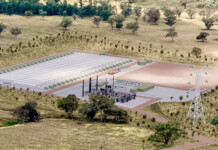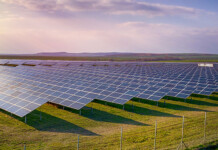Labor says its federal budget, to be released Tuesday evening, will include an additional $1.8 billion to reduce household energy bills.
The government has already spent $3.5 billion in energy bill relief measures to tackle inflation.
Related article: Modelling shows nuclear would increase Aussie energy bills
Prime Minister Anthony Albanese said households and small businesses would receive a further $150 in rebates automatically applied to their electricity bills in quarterly instalments.
“Treasury estimates this will directly reduce headline inflation by around half of a percentage point in 2025,” Albanese said in a statement.
The Coalition said it would not oppose the extension of Labor’s energy bill relief scheme.
Opposition leader Peter Dutton has proposed introducing nuclear power generation in Australia, alongside renewables and gas. He says the strategy will save Australians up to $263 billion compared to Labor’s renewables-only approach, however, the House of Representatives Select Committee on Nuclear Energy released an interim report in which it has found establishing nuclear power generation would be too late and too costly to support the country’s energy targets.
The Committee was established to inquire into and report on the consideration of nuclear power generation, including deployment of small modular reactors, in Australia.
Related article: Nuclear inquiry interim report says nuclear too late, too costly
Committee chair Dan Repacholi MP, the Federal Member for Hunter, said, “This interim report focuses on two key issues that have dominated the evidence we’ve received to date: whether nuclear power generation could be rolled out in Australia in an acceptable timeframe, and how affordable it would be—particularly compared to alternative power generation technologies currently available in Australia.”







